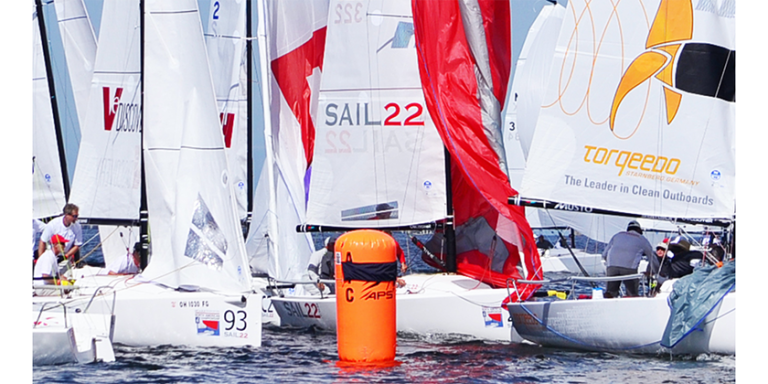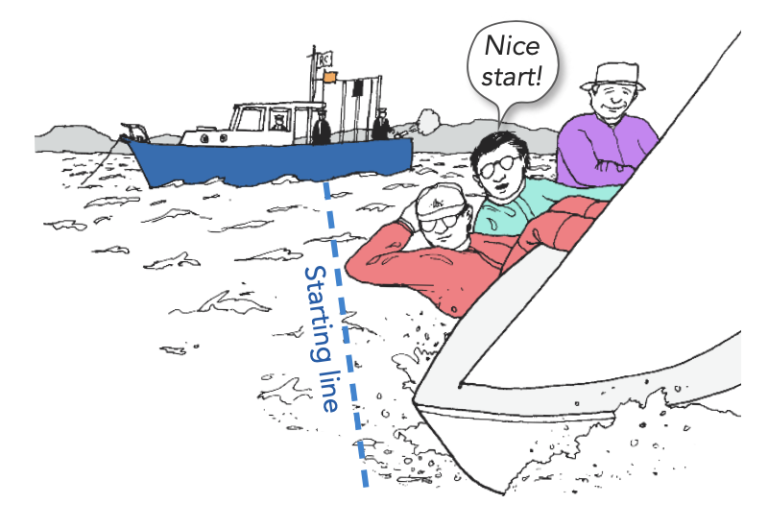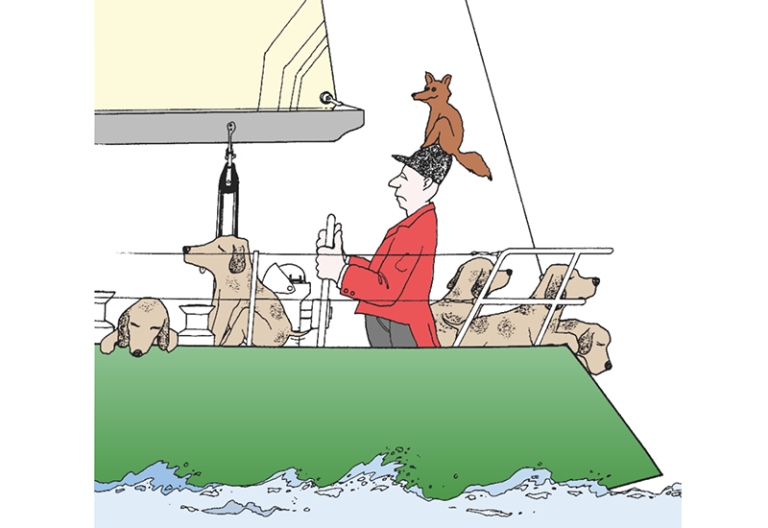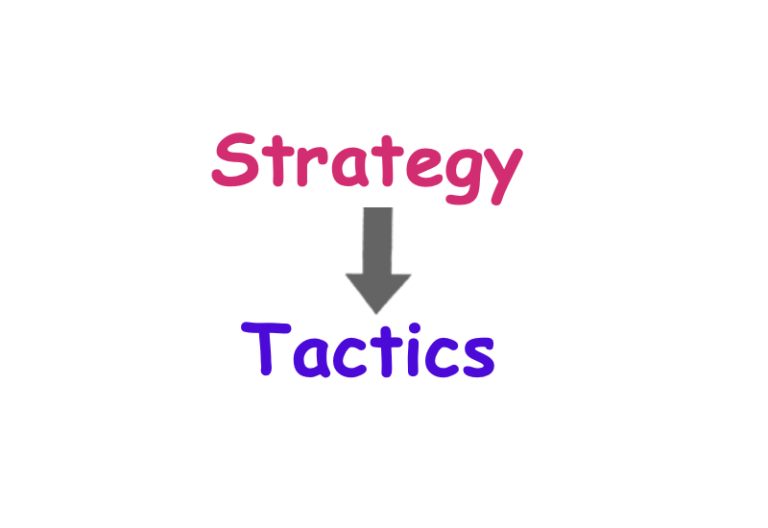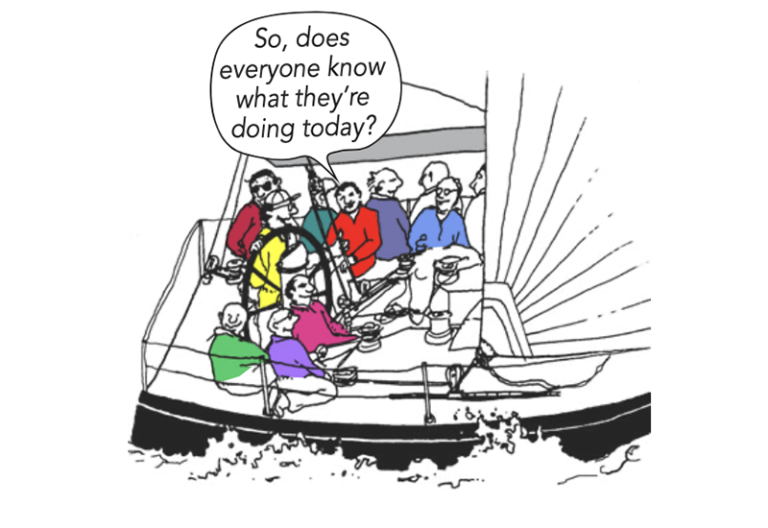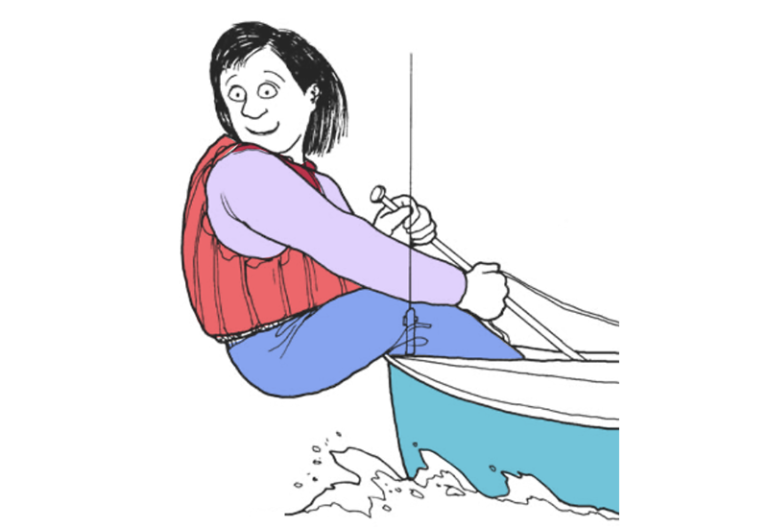Speed & Smarts: Review and Test – Sailing Smarts Part 3 – When Boats Converge

Jan 17, 2024
It’s still the winter; unless you are heading south, racing isn’t real for another few months. Studying continues. Last issue we looked the longer tack with questions 6 through 10.
The SMARTS section of the test is critical – if you go fast in the wrong direction, or if you let other boats control where you go, you will find yourself near the middle or back of the fleet. That’s why this test is all about how to sail smarter.
There are a total of 62 questions (we are just ¼ along) and answers about all aspects of strategy and tactics. Give yourself plenty of time to think about each question and answer, and don’t rush! Note that multiple choice questions may have more than one answer. This time we consider when boats converge.
Questions
Question 11: In the middle of a beat, you are on port tack approaching a boat on starboard tack. You can almost cross ahead of them. What should you do?
A) Cross ahead of the other boat
B) Tack into a lee-bow position
C) Duck behind them
D) None of the above
Question 12: When boats are crossing you on a beat in an oscillating breeze, it’s good to ‘bite the bullet’ and pass behind them.
T F
Question 13: Whenever you converge with another boat, it’s usually a good idea to build a little extra speed to improve your ability to maneuver.
T F
Question 14: When you are close hauled on a port tack converging with a starboard tacker, you can usually apply a good lee bow if you are bow-to-bow with them.
T F

Question 15: You are sailing up a beat on port tack, converging with a starboard tacker. You take a bearing of 320° on the other boat’s bow; then 15 seconds later the bearing is 323°. You will most likely:
A) Cross ahead of the other boat
B) Cross behind the other boat
C) Collide with the other boat
D) You can’t tell from this info

Question 16: You are sailing up a beat on port tack in a steady breeze from the southwest (225°). As you converge with a starboard tacker, you take a bearing of 310° on the other boat. You will probably:
A) Cross ahead of the other boat
B) Cross behind the other boat
C) Collide with the other boat
D) You can’t tell from this info
Question 17: You are leading the race starboard tack, crossing two lengths ahead of a port tacker on the final beat. Which are not good times to tack on the port boat’s wind (i.e. when should you not apply a tight cover)?
A) The left is favoured
B) You are sailing on a header
C) You’re near the port layline
D) Other boats close behind you are going right
Question 18: A few minutes ago the wind direction was 345°. You were on port tack and you ducked behind a starboard tacker. Now you are on starboard tack, converging with the same boat on port tack and the wind direction is 340°. You will probably:
A) Cross ahead of the other boat
B) Cross behind the other boat
C) Collide with the other boat
D) You can’t tell from this info
Question 19: You are racing upwind on starboard tack, converging with a port tacker that cannot cross ahead of you. If you really like the left side of the course, you should:
A) Yell “Starboard!”
B) Let her cross in front of you
C) Pinch up slightly
D) Bear off and force her to tack
Answers
11. D) None of the above. You will most likely duck the starboard boat or tack into a lee-bow position (trying to cross is probably too risky). But you can’t make this decision without a strategic plan. Do you like the left or right? How you answer this will determine your tactical choice.
12. False. The time to ‘bite the bullet’ and go behind boats crossing ahead is when you want to dig deeper into a persistent shift. In an oscillating breeze, the rule of thumb is ‘don’t let them cross you.’ Tack to leeward and ahead of the other boats so you will be first to the next shift.
13. True. A good rule of thumb is to avoid maneuvering unless you are at full speed. When you converge with a boat, there’s a fair chance you will need to do some kind of maneuver, so it’s smart to begin with extra speed.
14. False. A bow-to-bow position will produce a good lee-bow tack only in perfect conditions – when you have smooth water, moderate breeze and a boat that loses very little in a tack. In most other situations, you won’t be able to make a safe lee-bow until you are at least half a boatlength advanced on S (i.e. she would hit you amidships).
15. A) Cross ahead of the other boat. When you are looking at a starboard tacker and the compass numbers get higher, it means you are gaining on them. Since you have gained 3° of bearing in 15 seconds, you will most likely cross in front of the boat on starboard tack.
16. B) Cross behind the other boat. You will be even with any boats on your ladder rung, which is perpendicular to the wind direction at a bearing of 315° from you (225° + 90°). Since the other boat bears 310° she is more advanced (i.e. on a higher ladder rung) so she will cross ahead.
17. B) You are sailing on a header; and C) You are near the port layline. When you’re on starboard tack it’s a good idea to tack on the port tacker if you’re headed or close to the port-tack lay- line. But if you like the left side, keep going. Tacking will only aim you in the wrong direction and force the other boat to go the right way. Also, if other boats behind you are going right, you may not want to force this boat left. Give her a loose cover so you can ‘herd’ all the boats close behind in the same general direction.
18. B) Cross behind the other boat. When you ducked the other boat you were just behind them. Then you sailed for a few minutes to the right. Now you are converging gain and the wind has shifted 5° to the left. Since the other boat was closer to this shift, they should cross ahead of you.
19. B) Let her cross in front of you; or D) Bear off and force her to tack. If you like the left side, the last thing you should do is yell ‘Starboard’ or pinch up so the other boat tacks on your lee bow. Instead, bear off a little, wave the other boat across and keep going left. If it looks like the other boat will lee-bow you, bear off a little and aim at her so she has to tack earlier. Then you can use your extra speed to head up and hopefully hold your lane.

